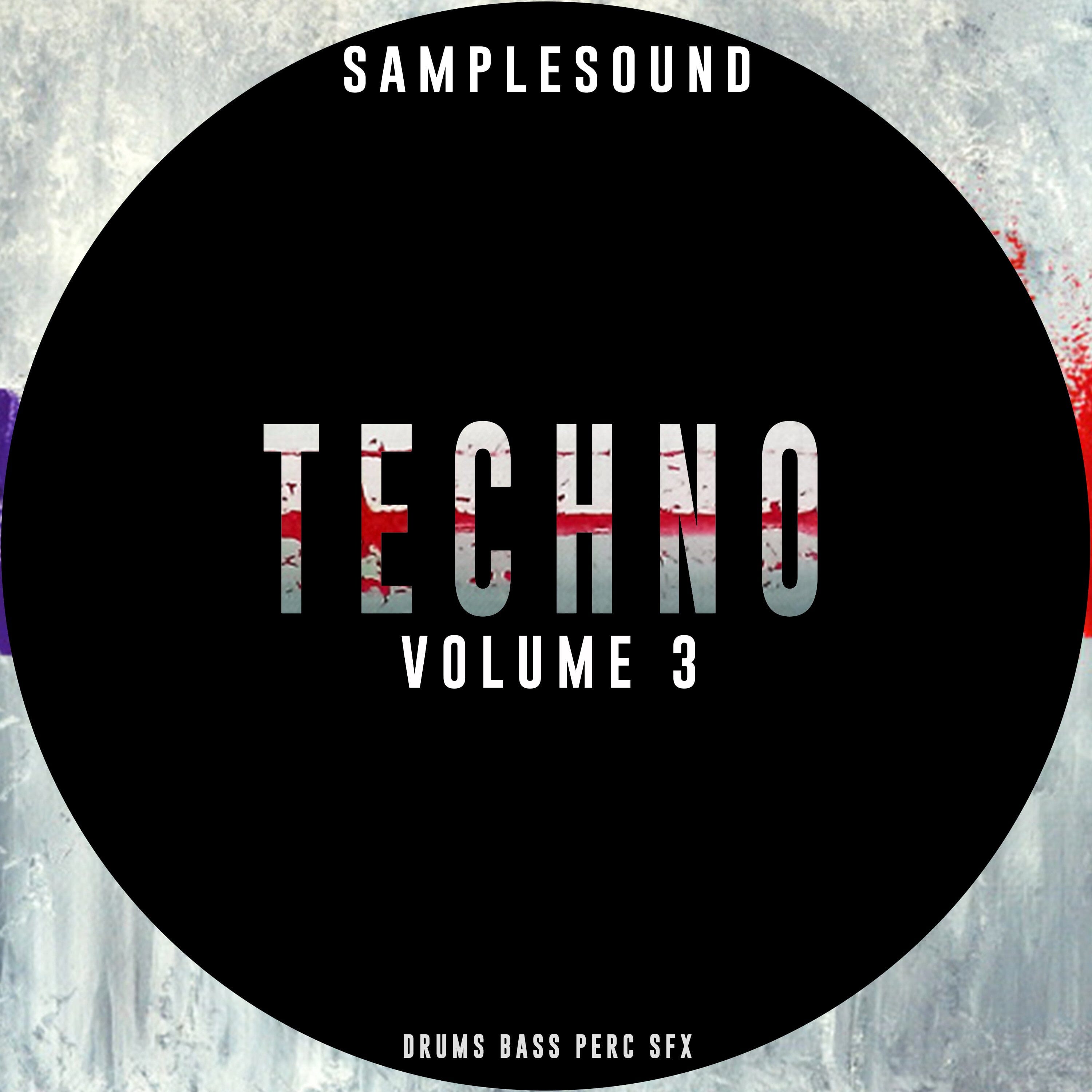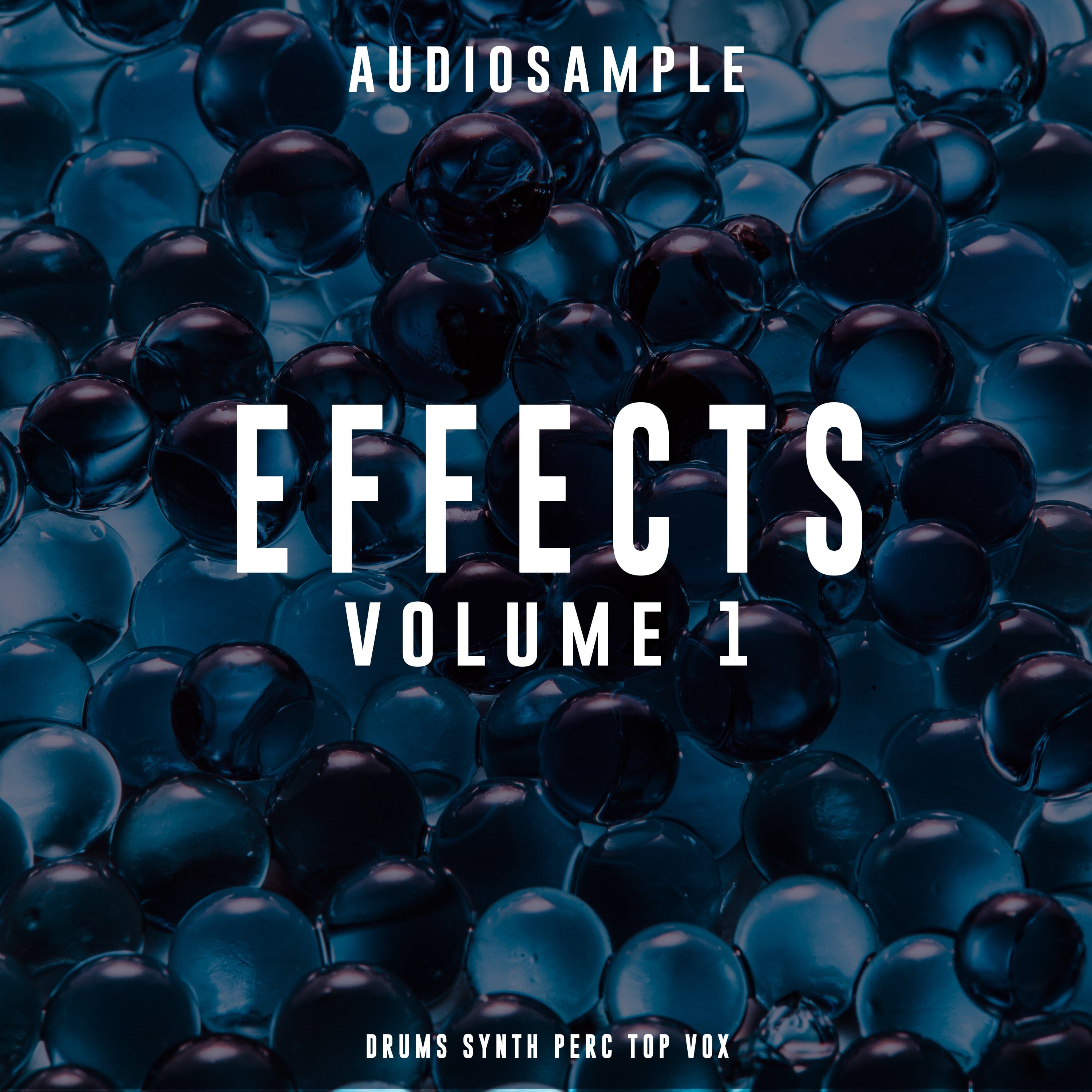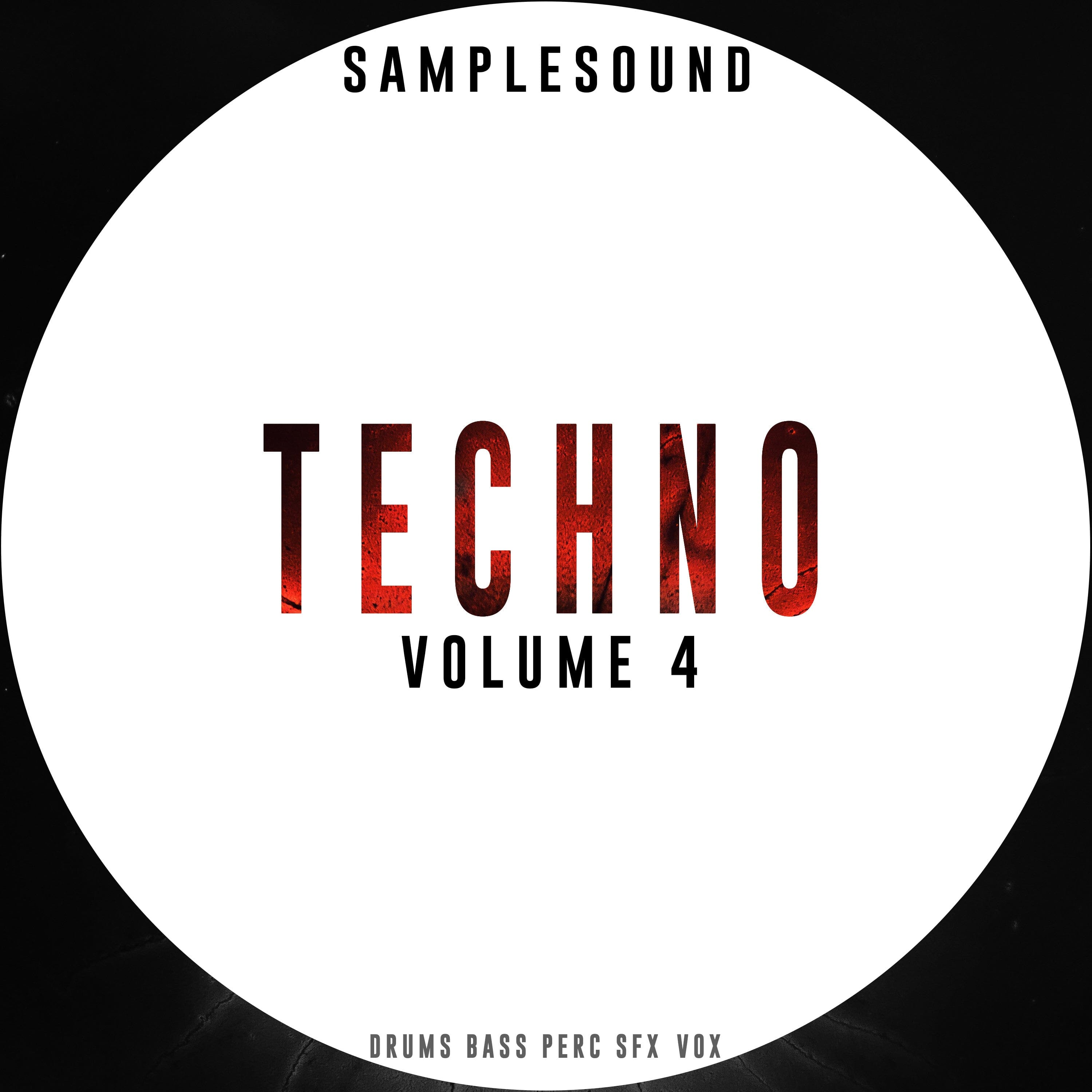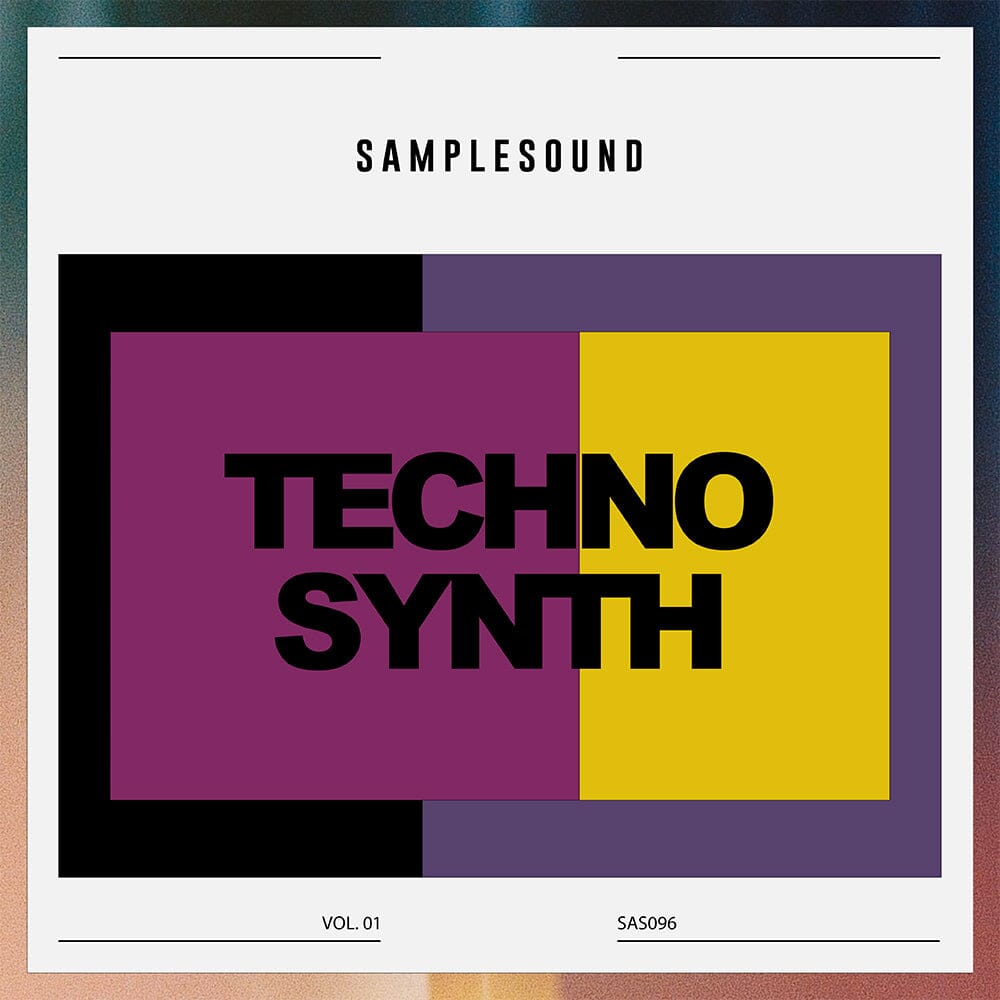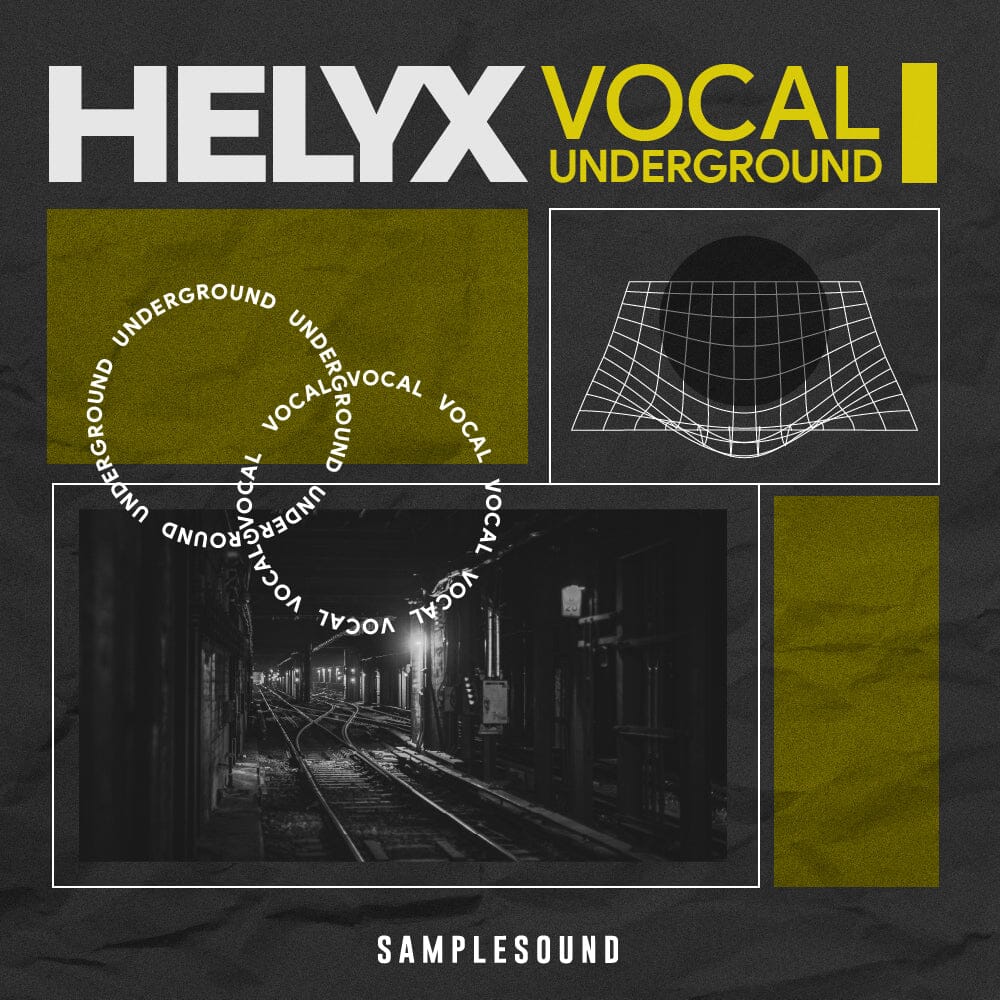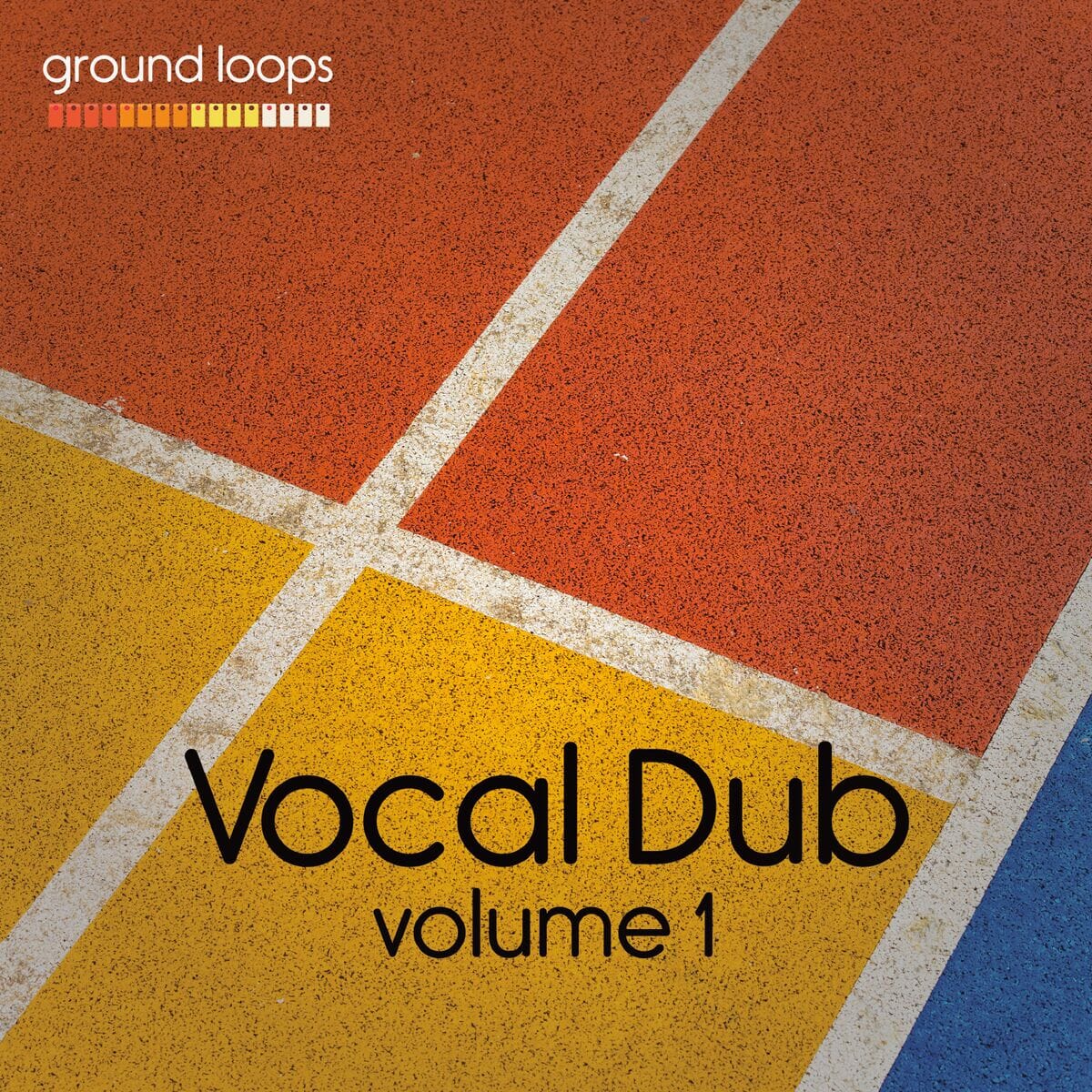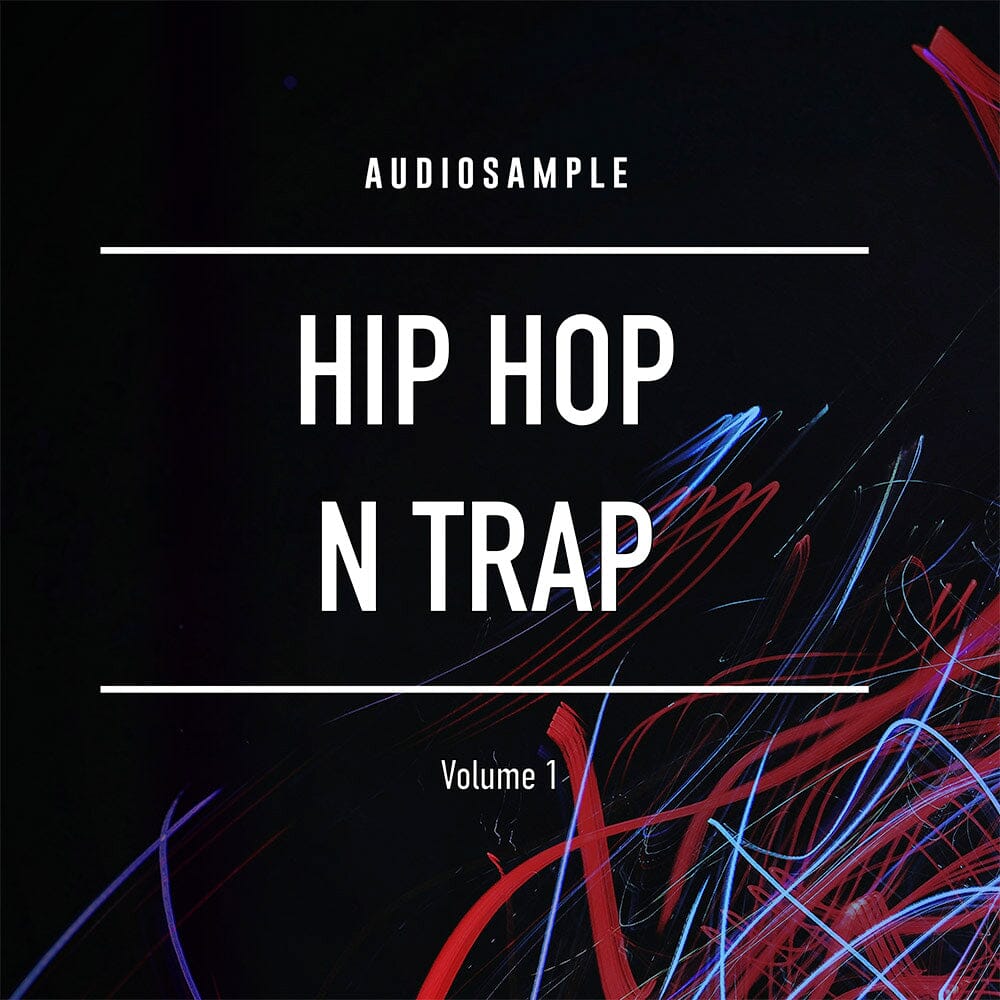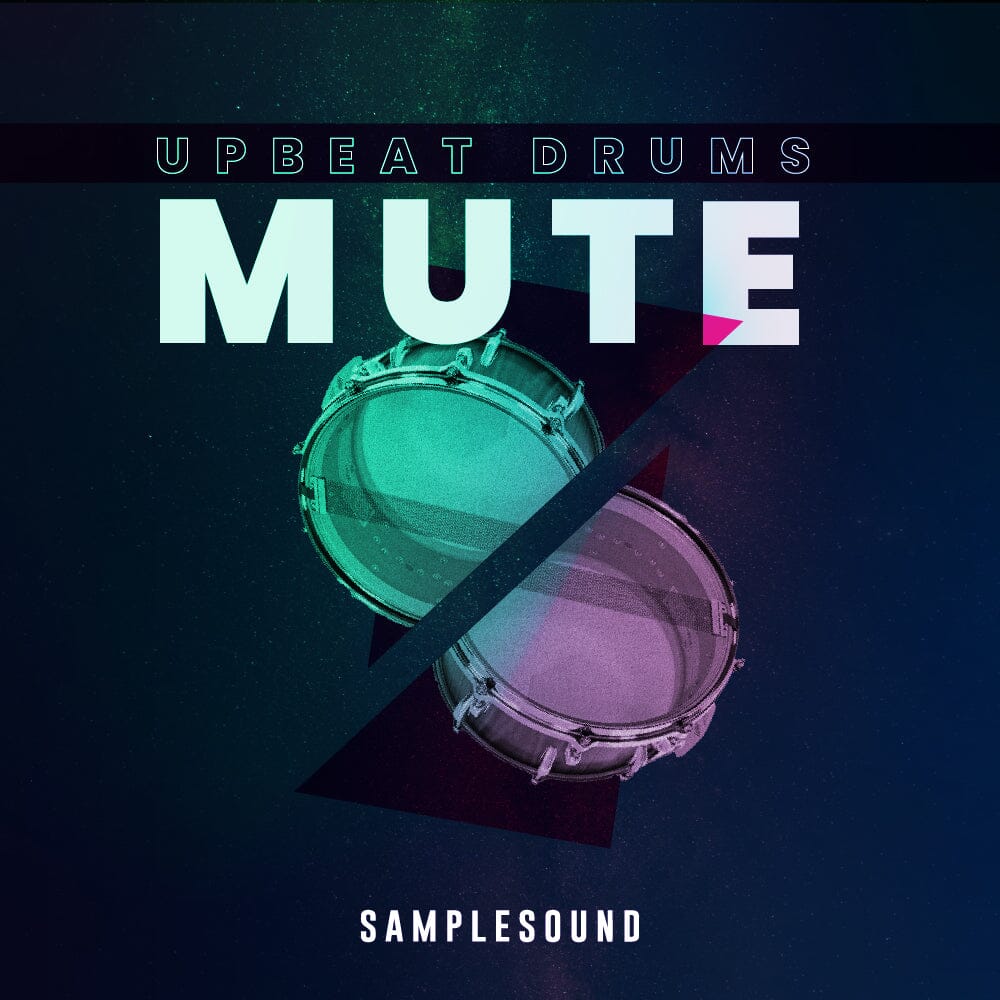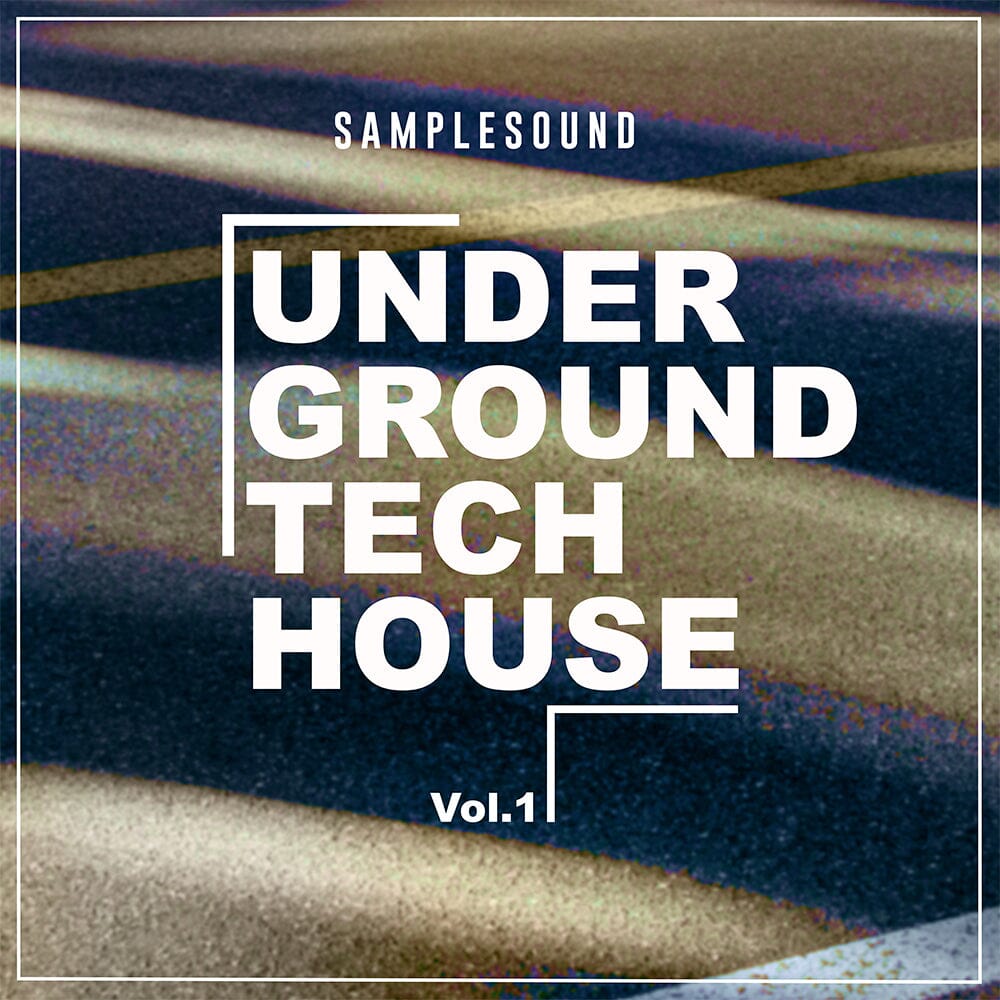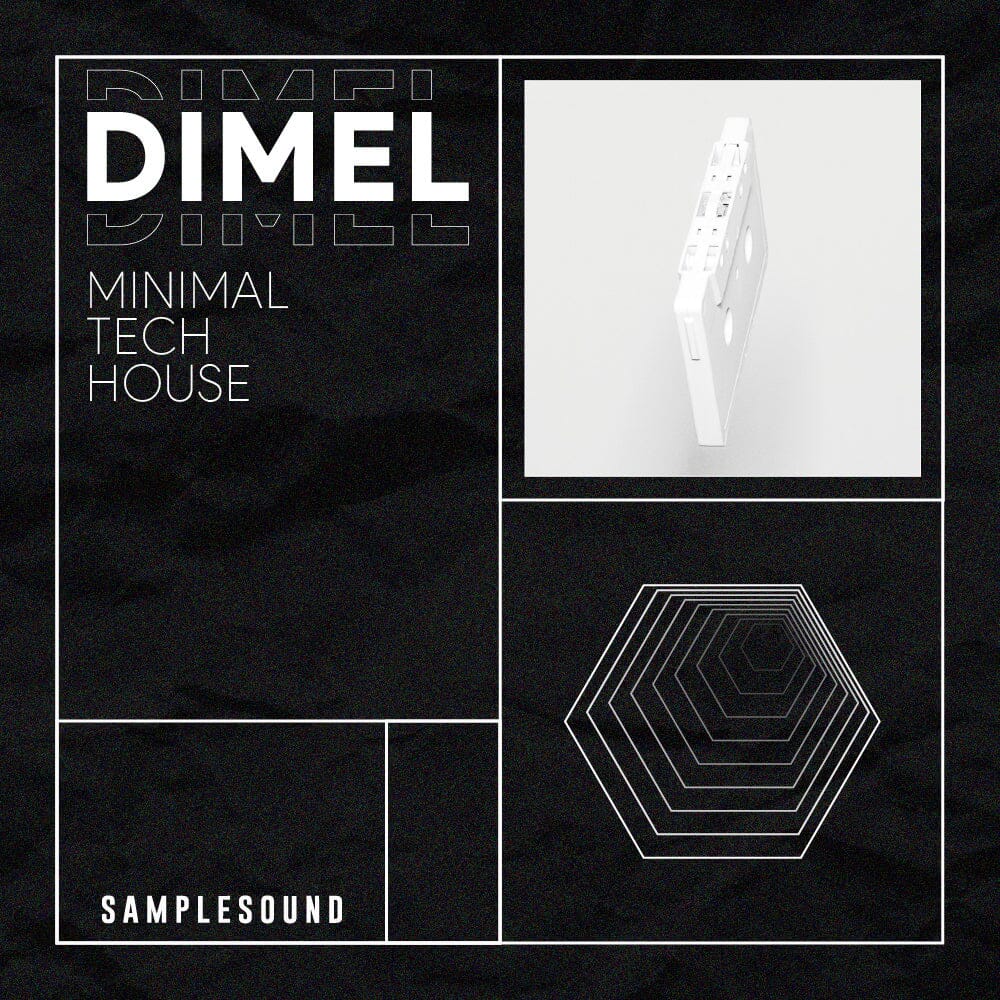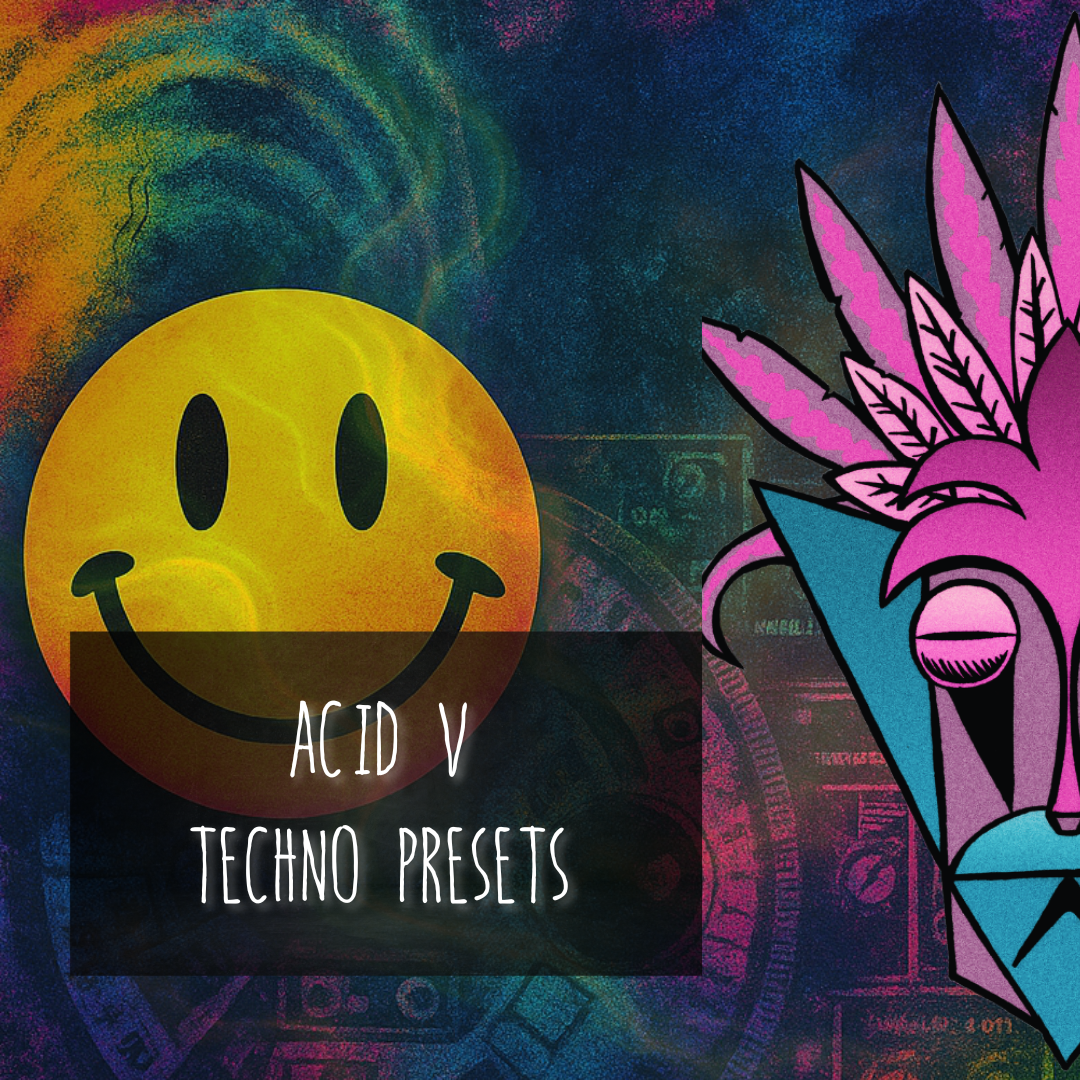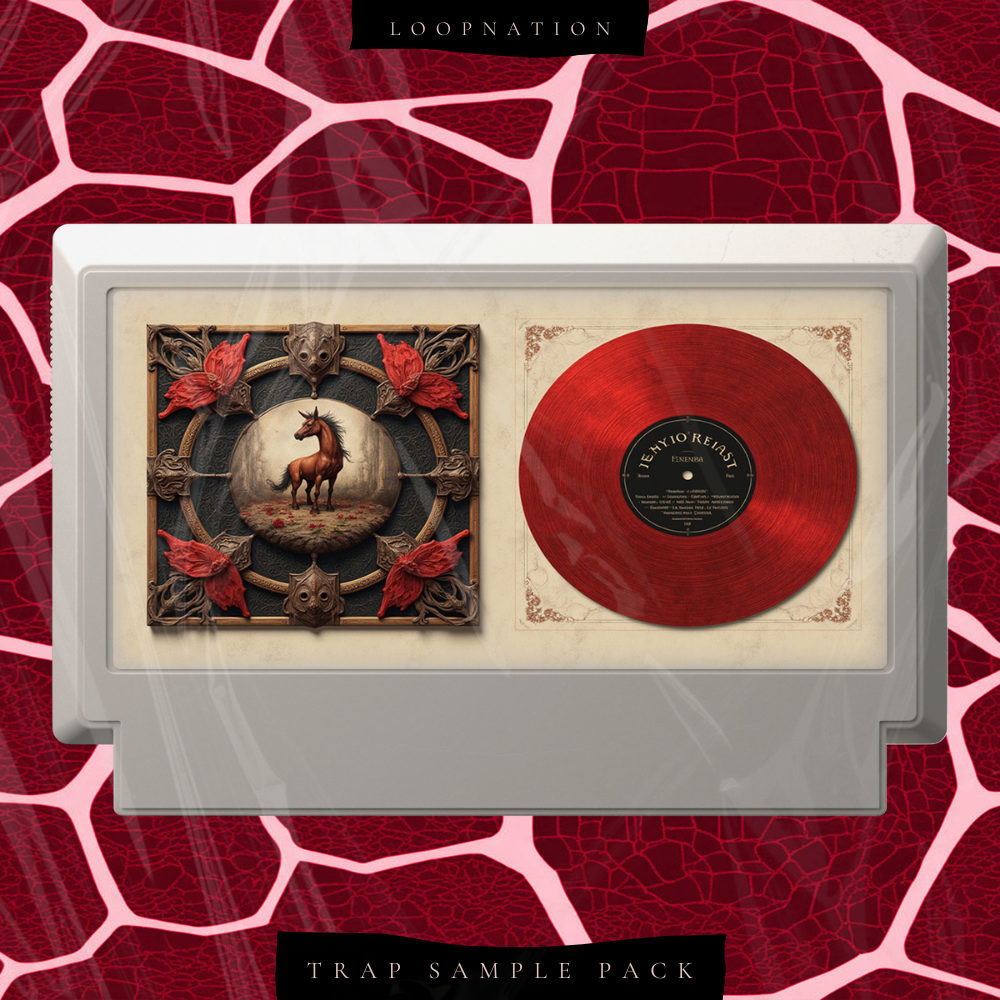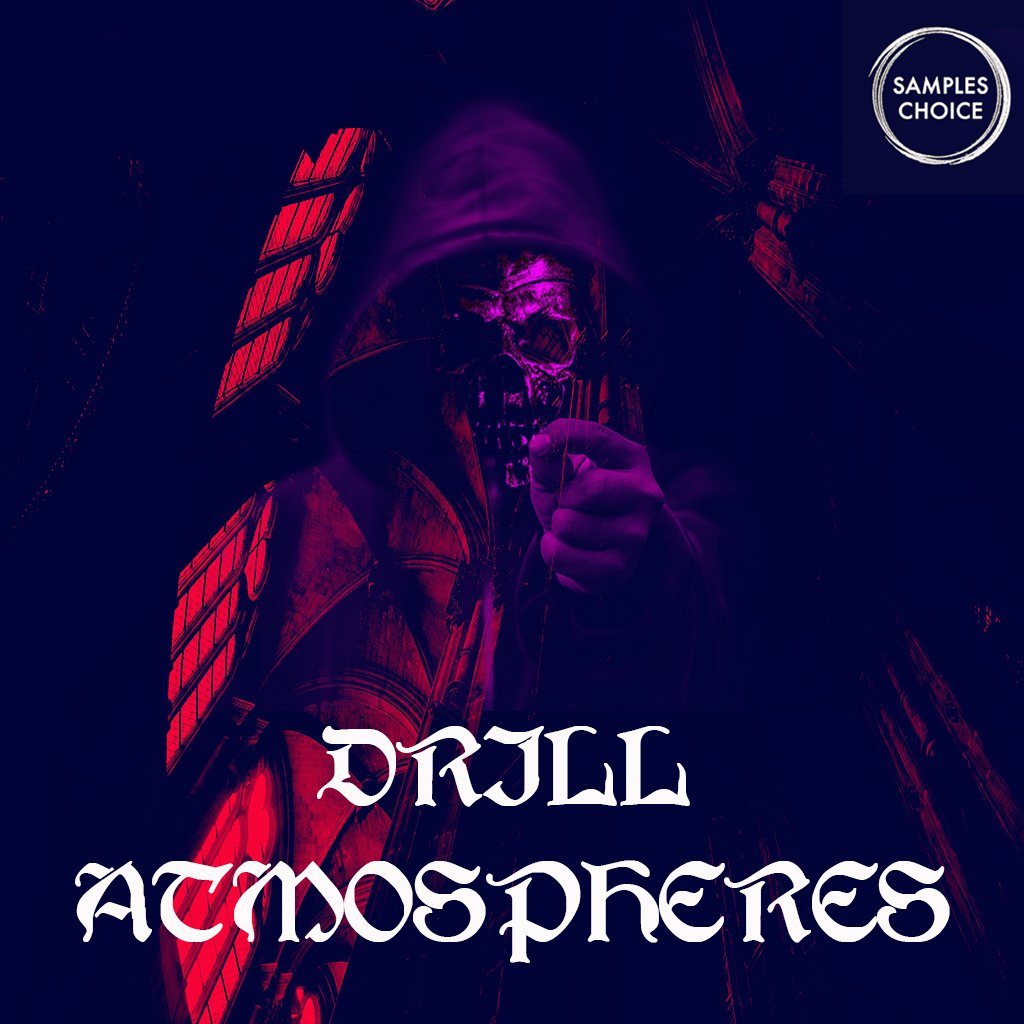Why Melody Matters in Electronic Music
In genres like techno, house, and progressive, melodies might not always take center stage like they do in pop—but they’re still a vital part of your track’s emotional impact. A well-written melody gives your music direction, identity, and a sense of movement that keeps listeners engaged from start to finish.
Think about it: how many times has a simple three-note hook gotten stuck in your head after a club night or Spotify session? That’s not an accident—it’s melody doing its job. Even in the most minimal techno tracks, a subtle melodic phrase can be the element that brings everything together.
🎧 Example: Compare a minimal techno track like Richie Hawtin’s "Minus Orange" (melodically sparse) with something like ARTBAT’s "Return to Oz" remix, where the melody becomes the emotional core of the drop. Both are effective, but they use melody in completely different ways.
Start with a Simple Motif
One of the most effective ways to write a catchy melody is to begin with a simple, repeatable motif. A motif is a short musical idea—just a few notes—that you can develop and expand throughout your track.
Electronic music legends have done this for decades. Tracks like "Age of Love" or "Café Del Mar" (Energy 52) are built around hypnotic 2- to 4-note motifs that loop throughout the arrangement. These fragments aren’t complex, but they create identity and make the song instantly recognizable.
🎯 Pro Tip: Try starting with a minor scale (like A minor or D dorian). These tonalities are widely used in melodic techno and progressive house because they give a darker, more emotional feel to your lines.
🎧 Listen & Try: Program a short 3-note motif in your DAW (e.g., A – C – E), loop it, and experiment by shifting one note or altering the rhythm. This is how big melodies are born—from small, intentional choices.
Use Repetition and Variation
One of the most common mistakes producers make when writing melodies is trying to be too complex. The truth is, catchy melodies rely on repetition. But repetition without variation becomes boring fast. The secret? Use both—repetition to establish a hook, and variation to keep the listener interested.
Start by writing a 2- or 4-bar phrase. Once that feels solid, create a second phrase that either:
- Repeats the same rhythm but changes one or two notes
- Keeps the same notes but shifts them in pitch or octave
- Adds a rhythmic twist (e.g., syncopation or pause)
This is called a call and response structure—and it’s a powerful tool in all electronic genres.
🎧 Example: Let’s say your motif is G – A – B. On the repeat, shift to G – A – C or drop the last note entirely and create a pause. The brain recognizes the pattern, but the subtle change makes it more engaging.
🎯 Try this: Build a 4-bar loop with a melody on a pluck synth. Copy the loop, then change just the last bar. This will give your track a sense of progression without losing its identity.
You’ll notice this technique in artists like Tale Of Us or Stephan Bodzin, where a lead synth evolves slowly over time while remaining recognizable throughout the track.
Layering and Countermelody Techniques
Once your main melody is in place, it’s time to add depth. In electronic music, especially progressive and melodic techno, layering is essential. The goal is to create movement and energy without overwhelming the mix. This is where layering and countermelodies come into play.
Layering means stacking sounds that complement your main melody—think pads, subtle plucks, or arpeggios that follow the same progression but with different rhythms or textures. This builds atmosphere and keeps your arrangement evolving.
Countermelody, on the other hand, is a second melodic line that plays off the main motif. It should be rhythmically or harmonically different, but not distracting. When done right, it creates a musical conversation between layers.
🎧 Example: In tracks by ARTBAT or Mind Against, you often hear a main lead synth supported by a lower arpeggio or a swelling pad that adds tension without competing for attention. That’s classic countermelody work.
🎯 Try this: Duplicate your main melody and shift it down a fifth. Play it on a different synth (like a pad or filtered lead) with a longer release. Now you’ve got a countermelody that reinforces the mood without stealing the spotlight.
Pro tip: Use contrasting sounds when layering—e.g., combine a bright pluck with a warm pad or a dry stab with a wide reverb tail. This helps each element find its space in the mix.
How Sound Design Affects Melody
Writing a good melody isn’t just about choosing the right notes—it’s also about how those notes sound. In electronic music, sound design directly shapes the emotional impact of your melodies. The same 4-note phrase can feel aggressive, dreamy, or melancholic depending on the synth patch, effects, and dynamics you use.
Think of sound and melody as one: they evolve together. If your melody is simple, a complex or textured synth can give it character. If the melody is already dense, a clean, minimal sound keeps the mix balanced.
🎧 Example: Take a basic motif like C – E – G – A and play it using:
- A raw, distorted saw lead → perfect for peak-time techno
- A filtered pluck with delay → ideal for progressive builds
- A lush pad with long release → great for ambient breakdowns
Each version has a different mood, even though the melody is unchanged.
Tip: Experiment with:
- Filter envelopes to control brightness
- Reverb/delay for spatial depth
- Modulation (LFOs, pitch, or filter) to add movement
🎯 Bonus Idea: Try loading the same MIDI pattern into three different synths and automate a crossfade between them during your arrangement. You’ll add evolution and keep your listeners engaged without rewriting a single note.
Use MIDI Packs and Melody Loops as Inspiration
Even the best producers hit creative blocks. When that happens, using pre-made MIDI files and melody loops can be a powerful way to spark new ideas without starting from zero. These tools aren’t shortcuts—they’re foundations you can build on.
With MIDI files, you have full control: change the key, rhythm, tempo, or instrumentation. Want to make a dark melodic techno drop? Load a MIDI melody into your favorite synth, add automation, and sculpt it into something unique.
🎧 Example: Take a MIDI phrase in D minor, reverse it, shift the timing slightly, and run it through a reverb-heavy pluck. Instantly you’ve got a new hook with character, built from something you didn’t have to write from scratch.
🎯 Creative Tip: Try combining two unrelated melody loops—one reversed, the other transposed—to create an unexpected countermelody. This works especially well in progressive or organic house.
Genre-Specific Melody Tips
Different styles of electronic music call for different melodic approaches. Whether you're producing hypnotic techno or uplifting house, understanding what works in each genre will help you write melodies that feel right for your track.
Techno
In techno, melody is often minimal and repetitive, used more for tension and rhythm than harmony. Arpeggios and short, syncopated riffs are common. Focus on creating hypnotic patterns that evolve slowly over time using filter automation, delay, or subtle modulation.
🎧 Example: A simple three-note arpeggio (e.g., A – C – E) run through a dark, distorted synth can serve as the backbone of a full techno arrangement.
House
House melodies are usually warmer, more soulful, and chord-driven. Pianos, vocal chops, and jazzy synths are common melodic tools. Major or minor 7th chords, paired with rhythmic stabs, give that classic house bounce.
🎧 Example: A loop based on Cmaj7 – Dm7 – G7 played with a filtered electric piano or organ instantly gives you a groovy, timeless house feel.
Progressive
Melodies in progressive house or melodic techno are emotional, layered, and drawn-out. Think long, evolving phrases over slowly shifting harmonies. Use minor or dorian scales, and combine melodic movement with reverb, delay, and automation for cinematic depth.
🎧 Example: A melody that ascends across two octaves over 8 or 16 bars with a pad or saw lead, evolving with filter sweeps and subtle counter lines underneath.
Tip: In progressive genres, let your melody breathe. Don’t rush it—use space and timing to build tension.midiFind Your Signature Melody
Great melodies aren’t just about notes—they’re about emotion, identity, and timing. Whether you’re crafting a simple motif for a driving techno groove or building a layered, evolving theme for a progressive anthem, the key is to stay intentional.
Focus on repetition, variation, and texture. Let your synths do part of the storytelling. Don’t be afraid to keep things simple—some of the most iconic tracks in dance music history were built around just 3 or 4 notes used with taste and creativity.
Most importantly, keep exploring. The more melodies you write, the more you’ll start to develop your own sound—a sonic fingerprint that sets your tracks apart.
🎯 Challenge: Listen to three of your favorite tracks today and hum the main melody. What do they have in common? Try recreating their structure with your own notes or rhythm. This exercise can lead to your next great idea.



